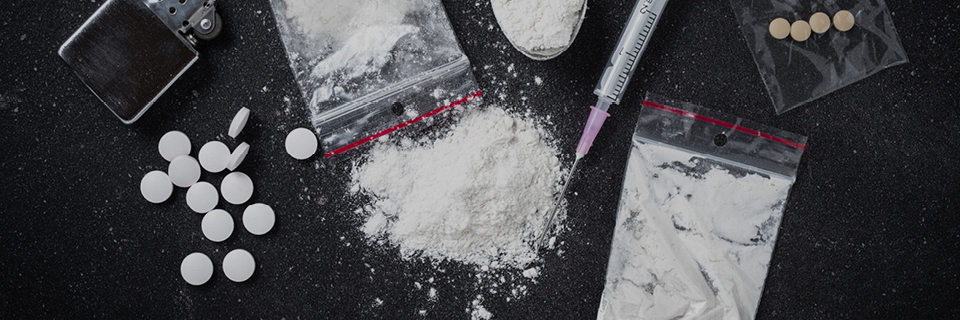Opiates in Asia – A Look at a Growing Problem
Figures released in the latest world drug report are showing an increased growth in the risks associated with Opiate use and the policing of these drugs, in particular in Asia.
Figures from the report have shown that global opium production has increased by more than two thirds in 2017. The total area under cultivation for the opium poppy globally has increased to almost 420,000 ha from 2016 to 2017, this represents a 37% increase. Afghanistan has been the main area of cultivation globally with more than three-quarters of the global area under cultivation.
With this increase in cultivation, the world drug report also states that global opium production has increased by 65% to 10,500 tons in 2017. This increase can be directly linked to the increases in cultivation in Afghanistan with an 87% increase in production (9,000 tons) which equals 86% of the global production figures for 2017.
Increasing Production requires Increased Policing
With growing numbers on the production side, the world drug report has also noted the increase in seizures taking place globally but in particular in Asia for opiates.
The total amount of heroin seized globally had reached a record high in the 2016 recorded levels, opium and morphine seizures also reached their second highest level. Total overall opiate seizures increased by almost 50 per cent from 2015 – 2016.
The majority of these seizures take place around the main production sites and so the primary focus is found in Asia (responsible for more than 90% of global illicit opium production), which accounted for 86 per cent of the total quantity of heroin and morphine seized in 2016. A lot these seizures were focused on Afghanistan and its neighbouring countries.
90% of total seizures of opiates occurred in Asia with the majority in the Near and Middle East/South-West Asia (83 per cent), while 6 per cent was seized in East and South- East Asia.
The world drug report has stated that while there has been a decrease in heroin trafficking and seizures, south-east Asia remains the main source of heroin to Oceania. Opiates that are produced in South-East Asia are trafficked to their main markets, China, Thailand and Australia. Seizures in these regions have decreased by 15% in 2016.
Global Opiate Market Increasing
Data reported in the report shows that the number of opiate users per annum suggests that the international opiate market is increasing, a reported figure of 19.4 million users in 2016. More than half of these recorded users are based in Asia (58%) with the highest opiate prevalence rates reported in the Near and the Middle East/South West Asia.
While the drug problem varies from nation to nation it is clear that it is a rising global issue which has given the need for an effective response. Randox Toxicology works in various areas of the industry to ensure testing for these substances is effective and efficient.
If you would like to find out more information about testing solutions including Biochip Array Technology email us at info@randoxtoxicology.com or visit www.randoxtoxicology.com
Sources:
World Drug Report 2018 (United Nations publication, Sales No. E.18.XI.9)
